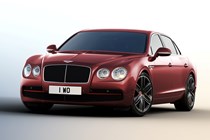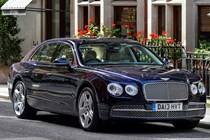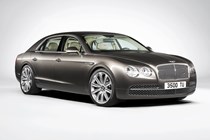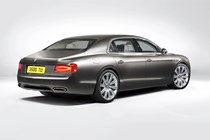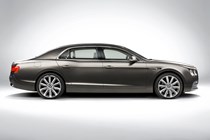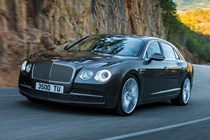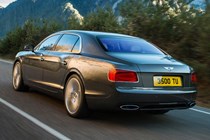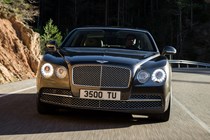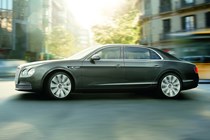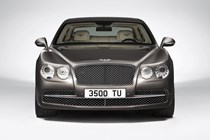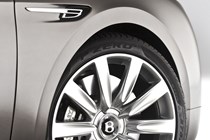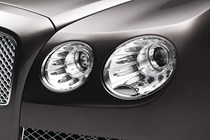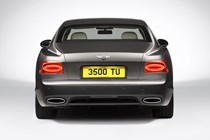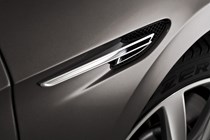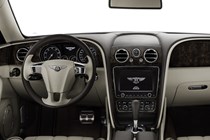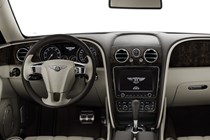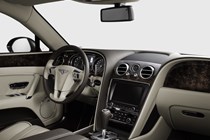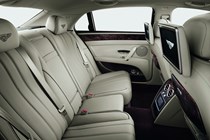Bentley Flying Spur Saloon (2013-2019) running costs and reliability
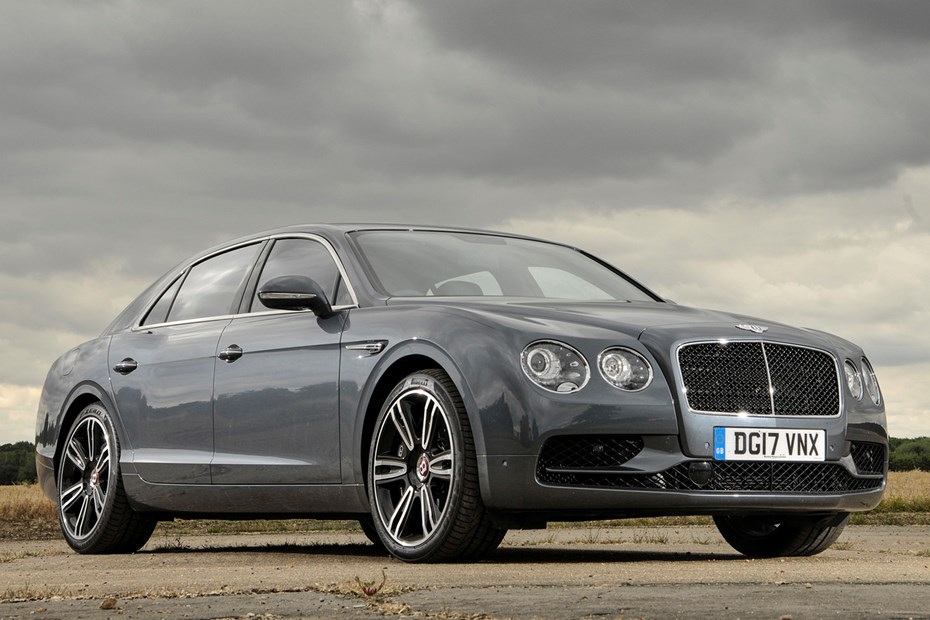
Miles per pound (mpp)
Fuel economy
- No car of this size, weight and power is going to be efficient…
- V8 S capable of nearly-acceptable consumption if driven gently
- Plus-sized fuel, taxation and servicing bills
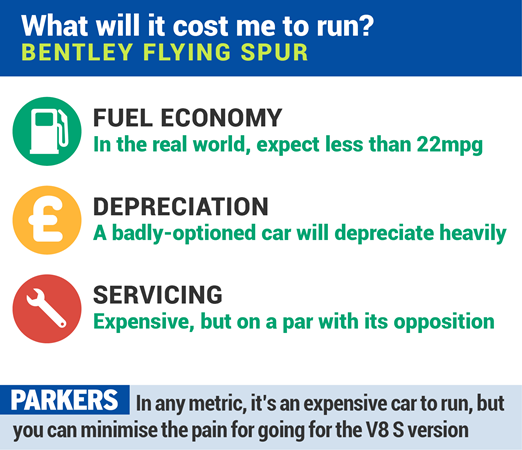
Considering the entry-level Bentley Flying Spur has 507hp and weighs more than two tonnes, you know that compared with a more humble family saloon, it’s going to have painfully-high running costs.
But, in comparison with its rivals, the Bentley’s on a par – and if you manage to drive the V8 S version gently, you’ll actually manage to achieve fairly decent fuel consumption figures.
How they fare at the pumps and in emissions
Officially, the most efficient Flying Spur is the standard V8. It has a claimed average of 25.9mpg – but expect that to dip to 20mpg in typical day-to-day driving. Emissions for this version are rated at 254g/km of CO2. The V8 S’s figures are identical.
These numbers drop to 19.2mpg combined, with emissions rated at 335g/km of CO2 for the W12 and 19.0mpg and 343g/km for the W12 S.
Other running costs will also be high–servicing, insurance and consumables such as tyres will all have your eyes watering if you don’t become a Bentley owner with them wide open.
- All Flying Spurs have high CO2 outputs
- Entry-level V8s are less costly
- No diesel or hybrid options
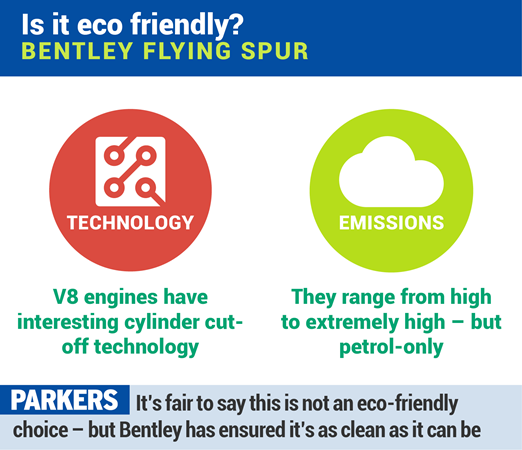
There’s no escaping the fact that Bentley Flying Spur CO2 emissions are high – as you’d expect with a choice of a 4.0- or 6.0-litre twin-turbo engines. The greenest in the range is the V8 S at 254g/km, while the worst offender is the W12 S at 343g/km.
- Subjected to one DVSA recall
- Based on VW Group hardware
- Feels solidly built
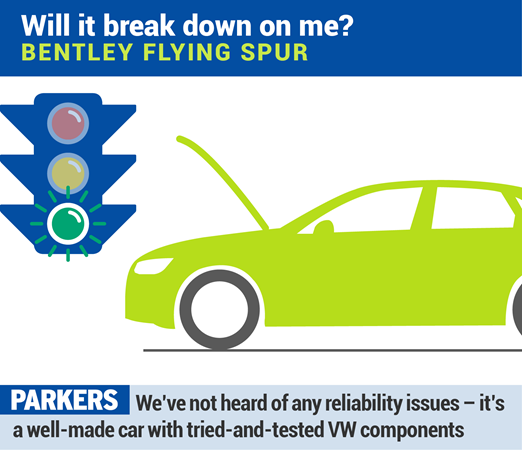
Being based heavily on VW Group hardware means that the Flying Spur combines hand-made engines with plenty of tried-and-tested turbocharged technology. The previous-generation Continental Flying Spur quietly gained a reputation for savage W12 servicing costs and engine issues, but the post-2013 model hasn’t suffered from the same issues.
Electronic systems are all brought over from VW, too, while the gearboxes are sourced externally and are used by a number of different manufacturers. Build quality is excellent, as are the materials used, but some of the leather-lined panels could be prone to squeaking as they rub against each other.
So far the Flying Spur has been subject to one DVSA recall to cure a potential fire risk from a faulty battery connection but other than that the Bentley’s had a clean bill of reliability health.
Ongoing running costs
| Road tax | £620 - £760 |
|---|---|
Get an insurance quote with

|
|



